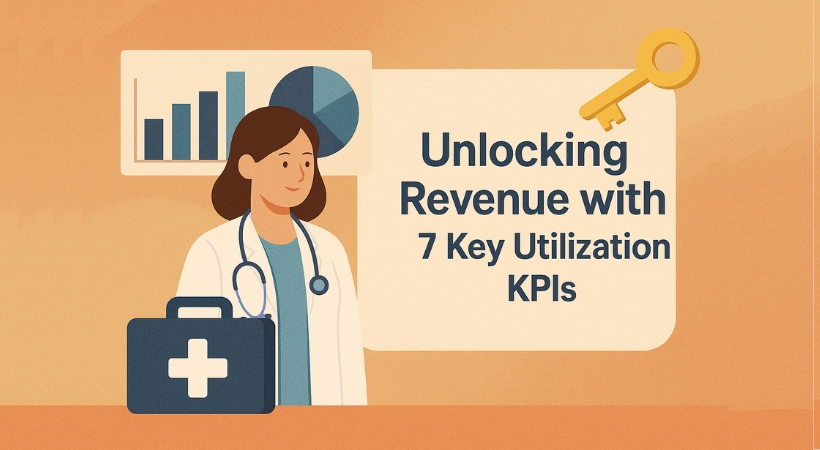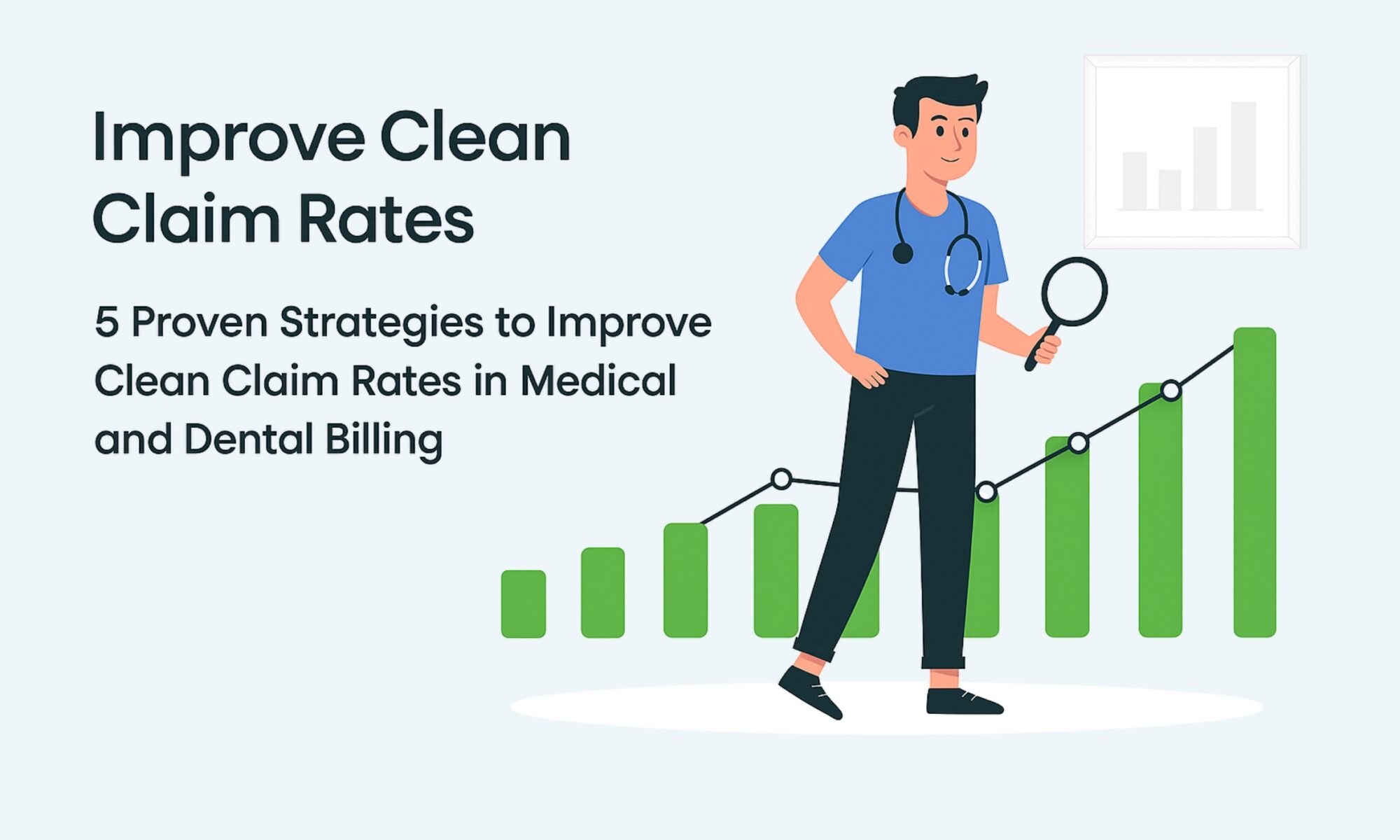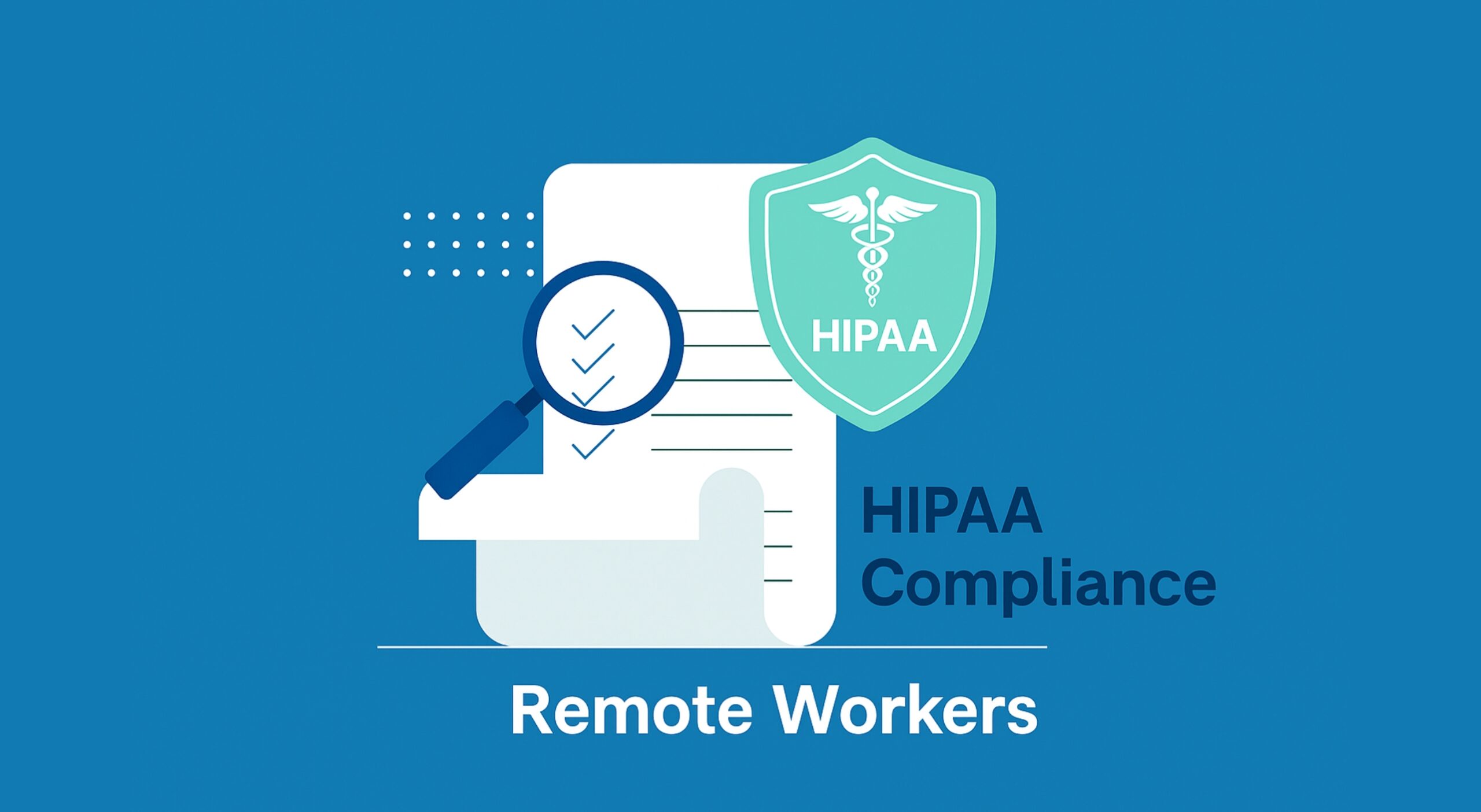In 2025, healthcare providers continue to experience a rise in prior authorization denials—impacting both patient access and provider revenue. With denial rates climbing and payer expectations becoming more complex, the role of utilization management has become a central focus in ensuring both clinical and financial outcomes.
While many healthcare organizations monitor utilization-related data, very few fully leverage it to drive strategic improvements.
At Revesolv, we work closely with providers to identify and act on the utilization management key performance indicators (KPIs) that truly make a difference across clinical performance, compliance, and revenue cycle optimization.
Why Utilization Management KPIs Are Essential in 2025
Healthcare continues its shift toward value-based models, but authorization delays and denials remain a barrier to both treatment and timely payment.
Recent regulatory updates now require faster responses to urgent care requests, clearer denial communications, and increased involvement from medical professionals in decision-making. In this environment, tracking the right metrics allows providers to:
-
Detect potential revenue loss before it occurs
-
Align clinical and billing teams around shared goals
-
Prevent denials through informed documentation
-
Improve payer relationships with evidence-based negotiation
-
Optimize both patient outcomes and operational performance
The 7 Utilization Management KPIs That Matter Most
1. Prior Authorization Denial Rate
This KPI tracks how many authorization requests submitted to insurance payers are denied. Every denial not only delays treatment but also increases administrative workload and impacts revenue.
High denial rates usually indicate one or more of the following:
-
Missing or unclear documentation
-
Submission errors or outdated processes
-
Inconsistent understanding of payer-specific requirements
Breaking this metric down by payer, provider, and service type helps uncover patterns and target specific issues for correction.
2. Medical Necessity Denial Rate
One of the most frustrating reasons for claim denial is when a procedure is deemed “not medically necessary.” Often, the care was appropriate – but the documentation did not match the language or standards required by the payer.
Improving this KPI requires:
-
Collaboration between clinical, coding, and billing teams
-
Regular review of denied claims to understand common failures
-
Staff training on how to align clinical notes with payer expectations
When done well, improving this metric not only reduces denials but also strengthens internal documentation practices.
3. Appeal Success Rate
This metric measures how often your organization successfully overturns denied claims through the appeal process. A high appeal success rate may indicate that many initial denials could have been avoided.
By studying successful appeals, healthcare organizations can:
-
Learn what additional information or documentation influenced the reversal
-
Adjust original submissions to avoid the need for appeals
-
Train teams to strengthen first-pass approval rates
Appeal success rate is a powerful tool to identify hidden weaknesses in initial claim preparation and address them proactively.
4. Concurrent Review Compliance
This KPI measures how consistently your organization performs clinical reviews throughout a patient’s hospital stay—not just at the time of admission or discharge.
Delayed reviews often lead to denials on the day of discharge—when there’s little time left to correct the issue. Proactive reviews during the patient’s stay help:
-
Identify potential denial risks early
-
Improve coordination between clinical and administrative teams
-
Ensure that care being delivered is both appropriate and authorized
Instead of reviewing all cases equally, successful organizations prioritize complex, high-cost admissions where early intervention makes the biggest impact.
5. Utilization Management Cost per Case
Many organizations spend significantly on managing the utilization process—through staff, technology, and outsourced partners—but few know the average cost per patient case.
This KPI reveals:
-
Where manual processes are driving up costs
-
Whether technology investments are delivering expected savings
-
If resource allocation is appropriate for the complexity of cases being reviewed
Lowering the cost per case without compromising quality is key to sustainable operations in a high-volume healthcare environment.
6. Impact on Length of Stay / Avoided Length of Stay
Utilization management plays a critical role in how long a patient remains admitted. This KPI tracks whether utilization management efforts are helping to reduce unnecessary length of stay without compromising care.
By monitoring this metric, providers can:
-
Improve patient flow and avoid capacity issues
-
Set up alerts for extended admissions based on care benchmarks
-
Measure the cost savings of earlier discharges driven by proper reviews
This KPI ties the administrative side of utilization management to measurable clinical and financial outcomes.
7. Utilization Management Automation Rate
Manual utilization management processes—like faxing, logging into multiple payer portals, and phone calls—consume significant staff time and increase errors.
This KPI tracks what percentage of utilization management workflows are handled automatically through digital systems.
Key automation opportunities include:
-
Routine prior authorizations for high-volume procedures
-
Real-time eligibility verification
-
Automated tracking and status updates
-
Seamless integration of authorization responses into clinical systems
Higher automation rates result in faster turnarounds, fewer denials, and reduced workload on administrative teams.
Turning KPIs into Action
Metrics are only powerful when they lead to decisions. To get the most out of your utilization management KPIs:
-
Investigate unusual spikes or dips—these often signal workflow or payer issues
-
Connect related metrics—for example, high denial rates and low automation often go hand in hand
-
Involve both clinical and financial leaders in regular reviews
-
Set realistic, measurable improvement goals for each KPI
-
Use technology to close gaps without overburdening your team
Final Takeaway
In 2025, utilization management has evolved from a back-office task to a strategic function that influences care delivery, payer relationships, and financial outcomes.
Healthcare providers that focus on the right utilization management KPIs consistently see:
✅ Fewer denials and faster approvals
✅ Stronger documentation and cleaner claims
✅ Reduced administrative burden
✅ Improved financial performance
✅ Better patient care access
At Revesolv, we help transform utilization management from a compliance necessity into a performance advantage. Through targeted metric tracking, denial prevention strategies, and automation, we empower healthcare organizations to gain control over their revenue cycle.
Let’s uncover the story your data is telling – and turn it into results.






